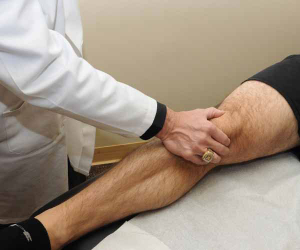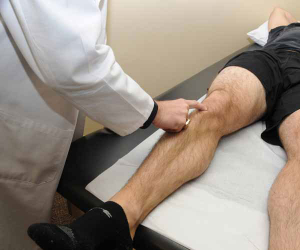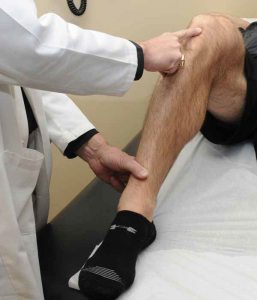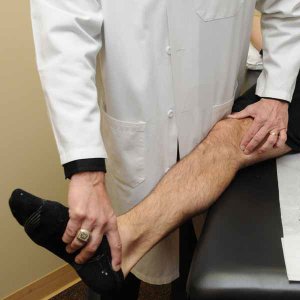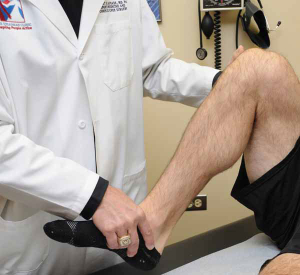Hamstring Tightness Assessment
In patients who have irritation of the bursa around the knee with patellofemoral pain, it is important to determine the amount of relative hamstring tightness. To assess this, we determine the “hamstring-popliteal angle”. In this test, the hip is flexed to 90° and it is important to relax the knee completely. The knee […]

